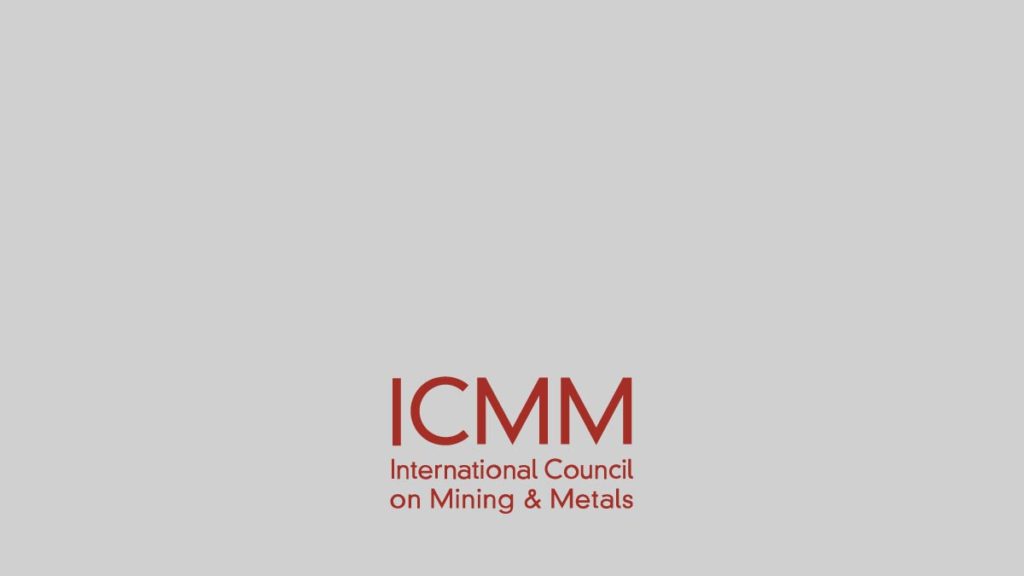
Tool 12 – Working to Obtain Consent
Consent is a process, embodied in negotiation in good faith. It is good practice for companies to obtain the consent of indigenous communities that are likely to have significant adverse impacts on them. This includes cases where Indigenous Peoples will need to be relocated and/or where there will be significant negative impacts on their cultural heritage.
When working to obtain consent from indigenous communities, the focus should not be on the giving of “yes” or “no” to a project, rather aiming to reach agreement on the terms under which the project should proceed.
All reasonable steps should be taken to secure the FPIC of significantly and adversely impacted indigenous communities.
Significant adverse impacts should be avoided or at least mitigated. For example reconfiguring the layout of a mine, utilising a different mining method or repositioning key infrastructure may reduce the number of people requiring resettlement; or ideally, avoid resettlement all together.
Step Guide
STEP
1
Identify (p56) who should provide consent – tool 3 discusses identification and common challenges this can pose
STEP
2
Engage with communities at the earliest stage possible to avoid future disputes
STEP
3
Undertake a social baseline (p72) and social mapping study to better understand the affected indigenous communities
STEP
4
Review relevant laws that may discuss who has, or can legitimately claim, indigenous ownership rights or rights of customary use
STEP
5
Conduct interviews, surveys and focus groups with community leaders and other key stakeholders
STEP
6
Seek professional advice, eg land tenure experts, lawyers, anthropologists etc
STEP
7
Consult with indigenous communities that are likely to be significantly impacted, documenting their definition of consent; this can be used as part of an engagement plan.
Companies should ensure:
- The seeking of consent is consistent with that agreed in the engagement plan
- Consent is initiated before the community is exposed to any significant adverse impacts
- The community is not subject to coercion, intimidation, manipulation or bribery
- The community is not subject to undue time pressure over the course of this process
- Measures are taken to ensure the community was fully informed about the scale and nature of the proposed project and its potential impacts and benefits
When consent is not obtained:
Where agreement cannot be achieved, it is up to the company to decide whether they should remain involved. If companies decide to proceed:
- They should conduct their own independent assessment
- Ensure you will not breach the rights and interests of Indigenous Peoples
- Ensure channels for communication remain open
- Ensure engagement continues if the project goes ahead without explicit consent
- If legal action is taken by indigenous parties, communication limitations may be imposed by the courts
- Should this occur, consider recruiting mediating bodies that have relations with indigenous groups to assist in outreach
- Continuing with a project, even with state approval, carries risks. These can include reputational risks and the potential for conflict. Therefore, companies need to determine whether they should remain involved with a project that lacks consent
Community, Economics, Environment, Ethical Business, Management, Rehabilitation
Raglan Mine – Accessing Royalties and Profit-Sharing Mechanisms
Paving the way for a range of financial benefit-sharing measures in Canada.
Community, Economics, Environment, Ethical Business, Management, Rehabilitation
Early Engagement and Agreements with Native Title Owners in New South Wales
The benefits of establishing solid relationships, long before exploration works start
Further Reading:

